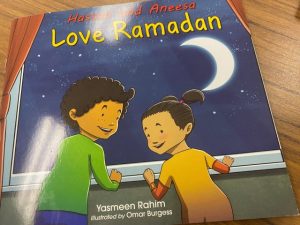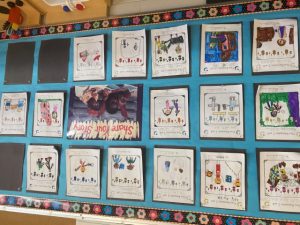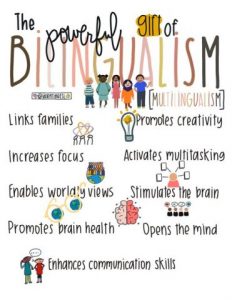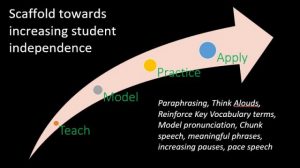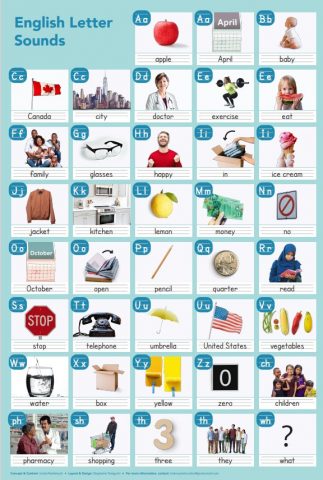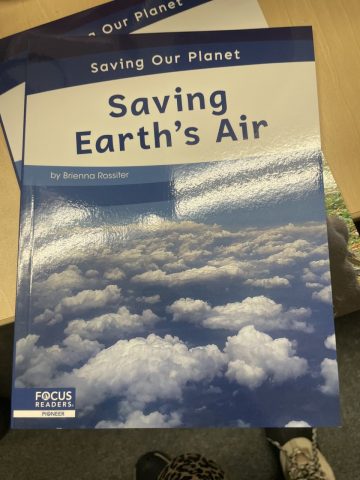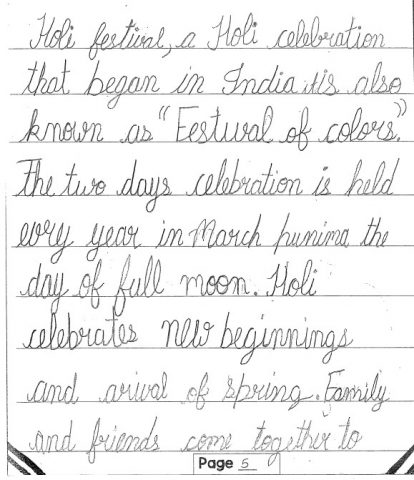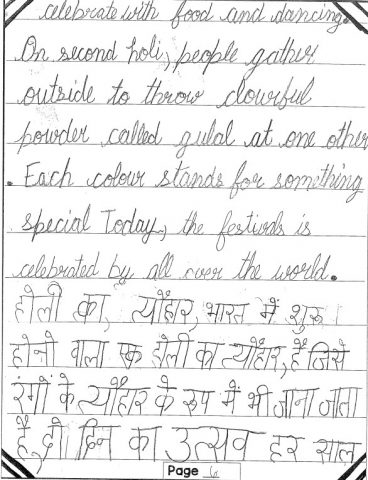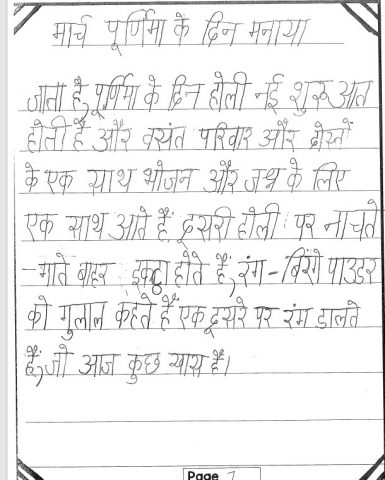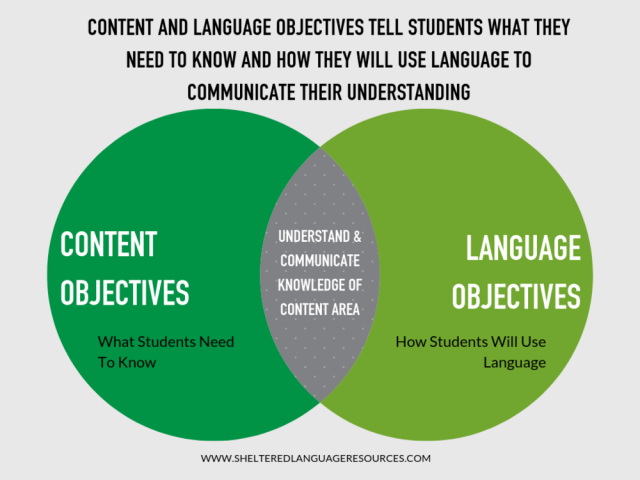Content and language objectives are often recommended as a learning strategy for MLLs but are excellent for all students. Additionally, they are helpful for teachers to make their lessons specific.
General Tips:
- Display in the same place every lesson
- Review at beginning and end of learning time
- Use academic vocabulary and annotate
- Make age-appropriate
- Be inclusive (all students can do)
- Be specific. Use verbs that are action-oriented, observable, and assessable.
- Avoid general verbs like “review, practice, learn, understand”
Content Objectives
- use content and curricular competency learning standards
- use verbs related to the content area
Language Objectives
- use verbs related to communication (reading, writing, oral language)
- use the language needed to achieve the content objective
Example
Curricular competency learning standard from English Language Arts 5: Identify how differences in context, perspectives, and voice influence meaning in texts.
Content Objective: We will identify the protagonist’s description of the party in Chapter 6 and predict how the other characters may have described it.
Language Objective: We will identify the adjectives used in the passages and isolate ones related to emotion. We will list the possible emotions of other characters. We will rewrite the passage from another character’s perspective in small groups.
| Content Objective Verbs | Language Objective Verbs |
| Compare
Contrast Apply Rank Design Measure Solve Discover Research Compute Search Acquire Arrange Choose Collect
|
Draw
Answer Tell Identify Name Discuss Rephrase Ask Predict Preview Find List Summarize Create State Justify Define Describe Explain Write Journal Log |

